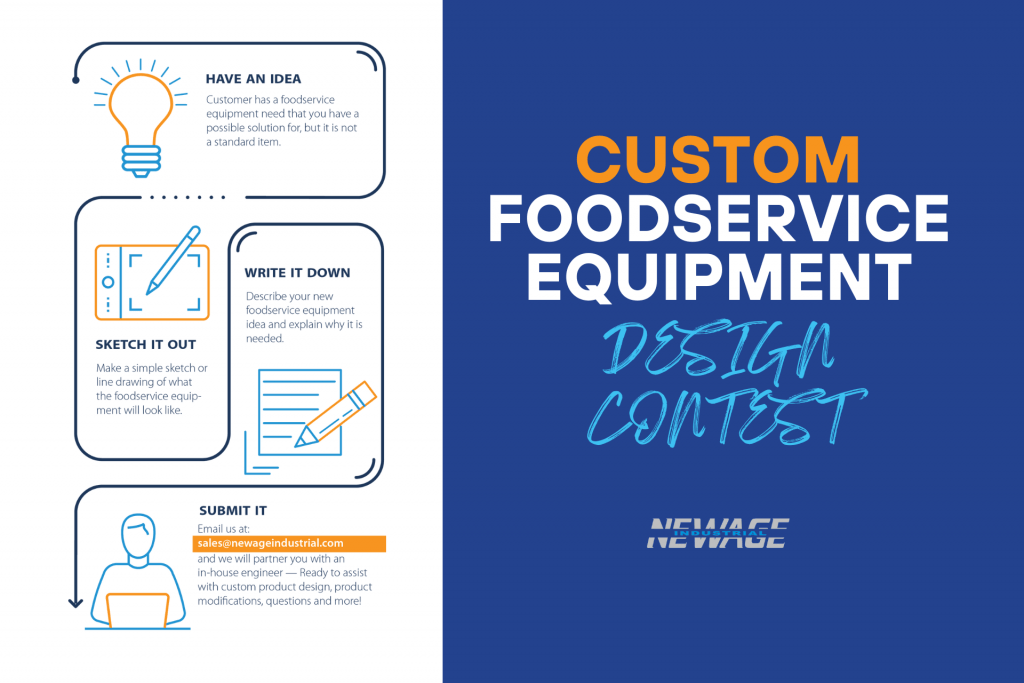
“We tend to overvalue things we can measure and undervalue the things we cannot” – John Hayes
There is considerable pressure on managements today to respond to an increasingly diverse range of what were once viewed as non-core issues; defined using terms such as sustainability, diversity and wellbeing, etc.
Internal and external social and environmental issues such as these have generally been considered to be an inevitable cost of doing business in the 21st century. However it is possible to measure the value of investing in responding to these intangibles. The issues can include factors that can have an indirect impact on the business:
- Internally; including a loss or benefit to brand value, staff morale, etc.
- Externally; including a cost or benefit to society, the environment, etc.
These intangible factors can be defined and measured using a Social Cost Benefit Analysis (SCBA). This is a range of tools developed over the past 20 years to monetised models of what are normally considered to be non-cash investments using Social Rate of Investment (S-ROI) and Sustainability Rate of Investment (SuROI) criteria. Using these measuring tools it would also be possible to “tune” the business response to the issues to maximise the cost benefit of the investment in the intangible items.
Measurable investment returns
When developing a fit for purpose solution the consultant will incorporate technologies and systems that meet continually evolving social and sustainable expectations into their design. When these recommendations fall outside the specific direction of the brief and the budget, they have to be justified. The social and environmental benefits of the design decisions may be easily explained, but from the project management perspective, the question will really be: “How much will it cost?”
In response this question, rather than a cost, it is possible that the answer can be given as a measurable investment return to the project using the:
Social rate of investment (S-ROI)
A design or procurement decision that can be justified in terms of wellbeing, health and safety and even management behaviour.
Sustainability rate of investment (SuROI)
A design or procurement decision that can be made on a supply chain; waste; pollution; energy or environmental sustainability basis.
The benefit of applying both these investment models is that they can be calculated in monetary terms to measure the overall whole of life operating cost benefit.
As a result, when confronted with these intangibles and the project management process reverts to the brief, the program and the budget, and advises the client not to proceed if there is an immediate cost to the project a solution can be to carve the technology or system from the project so that the investment can be evaluated independently of budget constraints.
Case study:
A hospital redevelopment: the consultant recommends and includes in their design solution an eWater Systems reticulated cleaning and sanitising system. The consultant’s experience was that the inclusion of the eWater System would provide an operational cost benefit having a measurable direct investment payback as well as intangible social and sustainable benefits over the life of the hospital kitchen.
However when the overall project was costed, it was over budget. The project management solution, because it was a lump sum item in the cost plan, cut out the eWater System installation. Problem solved in single mark of the pen and the eWater System was taken out of the project. It was a decision that has saddled the client with an avoidable ongoing direct operating cost of thousands of dollars a year into the future; as well as a cost to environmental sustainability and a loss of social and staff benefits.
In this case the eWater System installation could have been taken out of the project and have been evaluated as a stand-alone item for the client to consider as a viable separate investment. The proven direct return on investment as well as the significant S-ROI and SuROI intangible benefits could have been measured:
S-ROI: Staff responses to wellbeing, health and safety benefits of:
- No longer handling dangerous caustic chemicals
- No longer exposed to VOCs’
- Reduced skin problems from hand washing chemicals
- Improved hand hygiene management
- Positive staff feedback
The value of these benefits is harder to monetise but there are models available in sites such as “Global Value Exchange” for guidance.
SuROI: The client/operator has the benefit of:
- Elimination of risk in handling chemicals
- No longer having to purchase and store cleaning & sanitising chemicals
- Reduction in environmental cost of transportation
- Eliminating the use and disposal of plastic packaging
- Reduction in chemicals going into the waste stream and environment
- Supply chain risks eliminated with onsite production
- Improved HACCP compliance
By quantifying and measuring these benefits and adding them to the known direct return, a significant overall ROI would have been shown. Armed with this information the client would have been in a position to decide whether to insist that the eWater System installation be maintained in the project and to look for savings elsewhere, or separate it out as an FF&E item to be funded separately.
By ensuring the most up to date technology and systems are able to be included by the design team, a project can be sure to meet community expectations and avoid being out of date by the time it’s completed.
Tim Smallwood FFCSI
Ref: UK Supplementary [HM Treasury] Green Book Guidance ‘Accounting for Environmental Impacts’ SCBA project appraisal.




